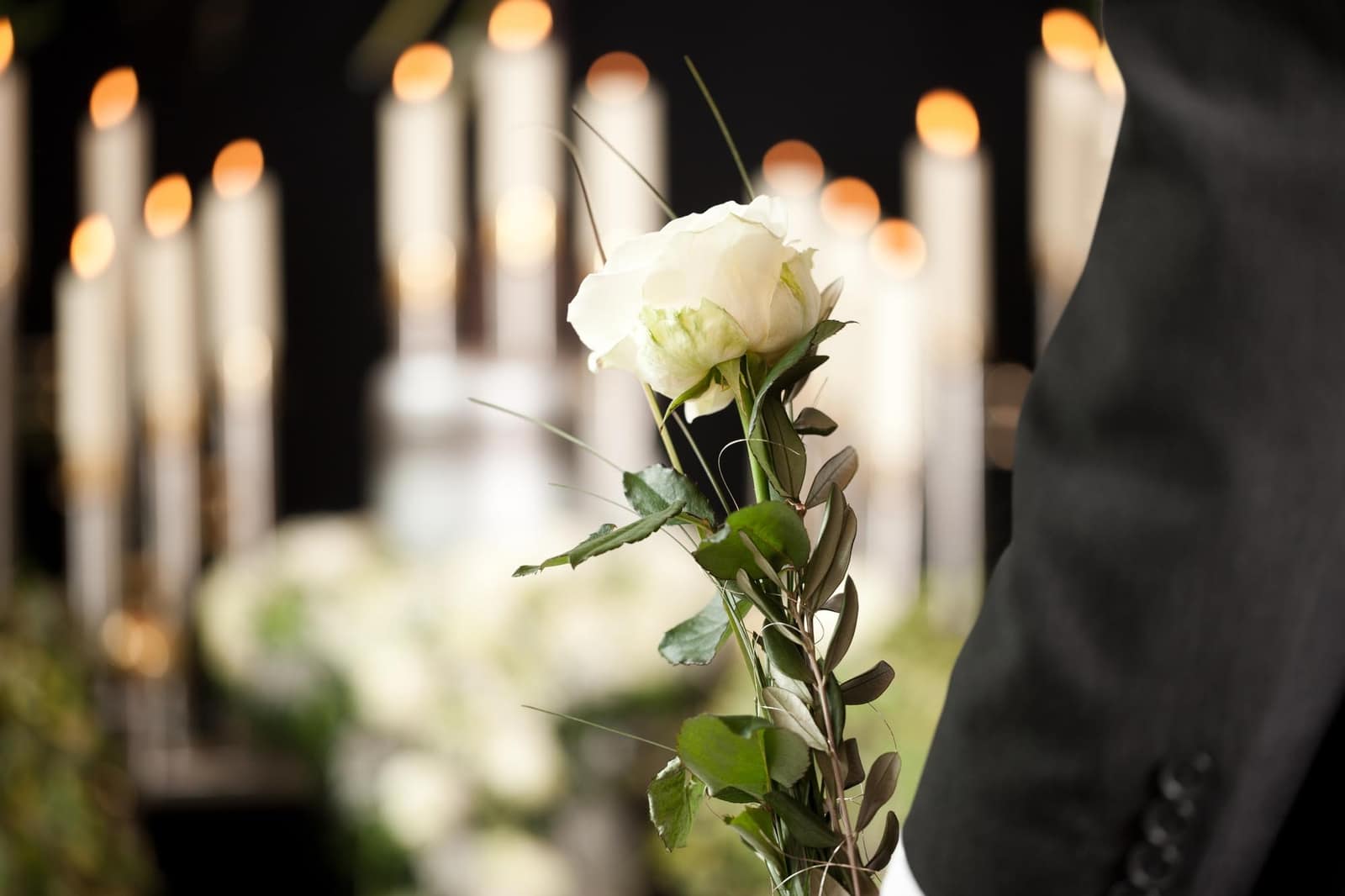Resources
Funeral Etiquette
Visiting Etiquette:
Upon learning of someone's passing, it's customary to visit the family at their home, but offering condolences at the funeral home is considered the most appropriate gesture. Supporting the grieving family before services by offering practical assistance like bringing food, offering household help, assisting with childcare, or running errands can provide additional comfort.
Condolence Communication:
Expressing condolences can be challenging, but offering kind words to the family communicates your care and support. While no words can fully alleviate their grief, avoid discussing personal grievances or suggesting that the deceased is in a better place.
Seating Protocol:
Understanding seating arrangements at funeral services is important. Typically, the first rows are reserved for family members. If you're not part of the family, choose a seat behind the reserved section.
Protocol during Services:
Punctuality is crucial. Enter the venue quietly, and if attending a visitation, offer condolences to the family before finding a seat. Avoid using cellphones during the service; if necessary, excuse yourself to answer a call or message.
Attending with Children:
Deciding whether to bring a child to a service depends on various factors, including their relationship with the deceased, their behavior, and their age. If you bring a child, explain the nature of the service and the expected behavior.
Gifts of Condolence:
Sending flowers or making donations to a specified foundation as requested by the family is a customary way to express condolences. Providing food to the grieving family is another thoughtful gesture. Alternatively, sending a sympathy card is appropriate and timeless, with no expiration on when it can be sent.


